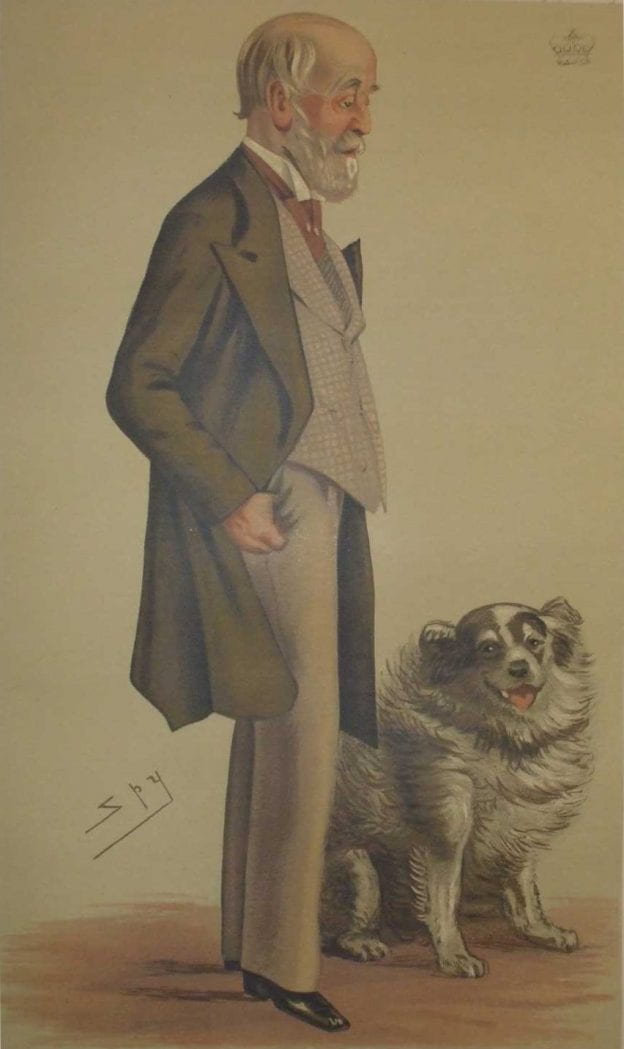One of the matters I touch on in the forthcoming Women and Medieval Law book is the basis for the right to bring an appeal – an individual prosecution – in the medieval period. Appeals are important in a consideration of women and the common law, because they were a way that women could initiate a ‘criminal’ case, though they were shut out from participation in other methods – especially presentment/indictments. To cut a long story short, there are various statements which purport to set out accepted limitations on the matters women could appeal (most prominently mentioned as allowed are homicide of a husband and rape) but there are also many, many examples of women bringing other appeals; and a little study makes it apparent that the ideas about why women can ever bring appeals (in a system which prevents them from other routes of prosecution) are not at all clear. There are a number of different ideas floating about, including revenge, particular damage and likely physical proximity to the offence.
Because the book was about women, I did not get into a related issue: if a single man is killed, who has the right of appeal? This is an interesting one, partly in terms of the ‘answer’, but mainly in terms of the way arguments are made about it, so it deserves a short exploration here (no doubt to be updated as and when I find new cases on it).
At least in 14th and 15th C cases, a definite ‘pecking order’ was understood, as between the brothers or sons of a slain man, and somebody accused by the appeal of a younger brother could legitimately say that this was invalid, because this was the wrong person to be bringing the appeal: the right lay in the older brother. In a case in 1314, for example, (KB27/218 Rex m. 10 (IMG 24)) from Worcestershire, a woman, Margery, wife of John I, and John II, were accused by one William of killing his brother, Thomas. Margery was accused of killing Thomas by hitting him in the head with a stone, while John II held him by the throat. Apart from denying wrongdoing, Margery argued that she should not have to answer the appeal, because William had an older brother, John III , and it was this John III who should have brought the appeal. It ‘naturally pertained’ to John III to prosecute it, and he was ‘nearer in blood etc.’ It seems to have been another point on which the appeal failed, but it was at least an outing for this idea about ‘the wrong brother’.
It is not proximity, but ‘worthiness’ of blood which is the justification given for preference of the elder over the younger brother in cases from the 1330s: KB 27/310 Rex m. 6d (AALT IMG 333), KB 27/311 Rex m. 1d (AALT IMG 245) and KB 27/312 m.3 (AALT IMG 290). (KB 27/311 Rex m. 1d (AALT IMG 245) features an argument as to whether the alleged elder brother exists (was inventing an elder brother a tactic which might, or buy some time?). The matter was raised in some later Year Book reports too. Seipp 1467.041 and 1468.007 – and Markham J was apparently concerned about whole blood and half blood relationships (only the former would do, so must be mentioned, tracing the blood of victim and prosecutor in the appeal).
An earlier fifteenth century case showed a difficulty which could arise for younger brothers – what if there was an older brother, but he was not interested in bringing an appeal, or not able to do so? Seipp 1412.047abr notes a case in which the older son of an allegedly murdered man was a monk, and the upshot seems to have been that there was nothing to be done – the younger son did not have a right to appeal here.
So what?
Well – as a younger sibling, I am not happy at the idea that the older sibling has ‘worthier blood’ (though would that work with women, or would they have some coparcenry-equivalent pattern, with any sister being as good as any other?).
Less self-centredly, it has got me thinking about blood, and how it figures in different areas of law (free/unfree status, bastardy, succession more generally, attainder and ‘corruption of the blood’, rape, assault and ‘drawing blood’ as a threshold or evidential requirement… probably more). And how does ‘blood’ relate to ‘flesh’: how do lineal and matrimonial relationships interact one with another? Maybe one day this will all fall into place in my mind and end up as a paper on ‘The Law of Blood’. Interesting, anyway to try and work out what ideas about blood were present here. Clearly it would need to bring in theological and medical ideas too. But probably not vampires.
GS
22/1/2021




